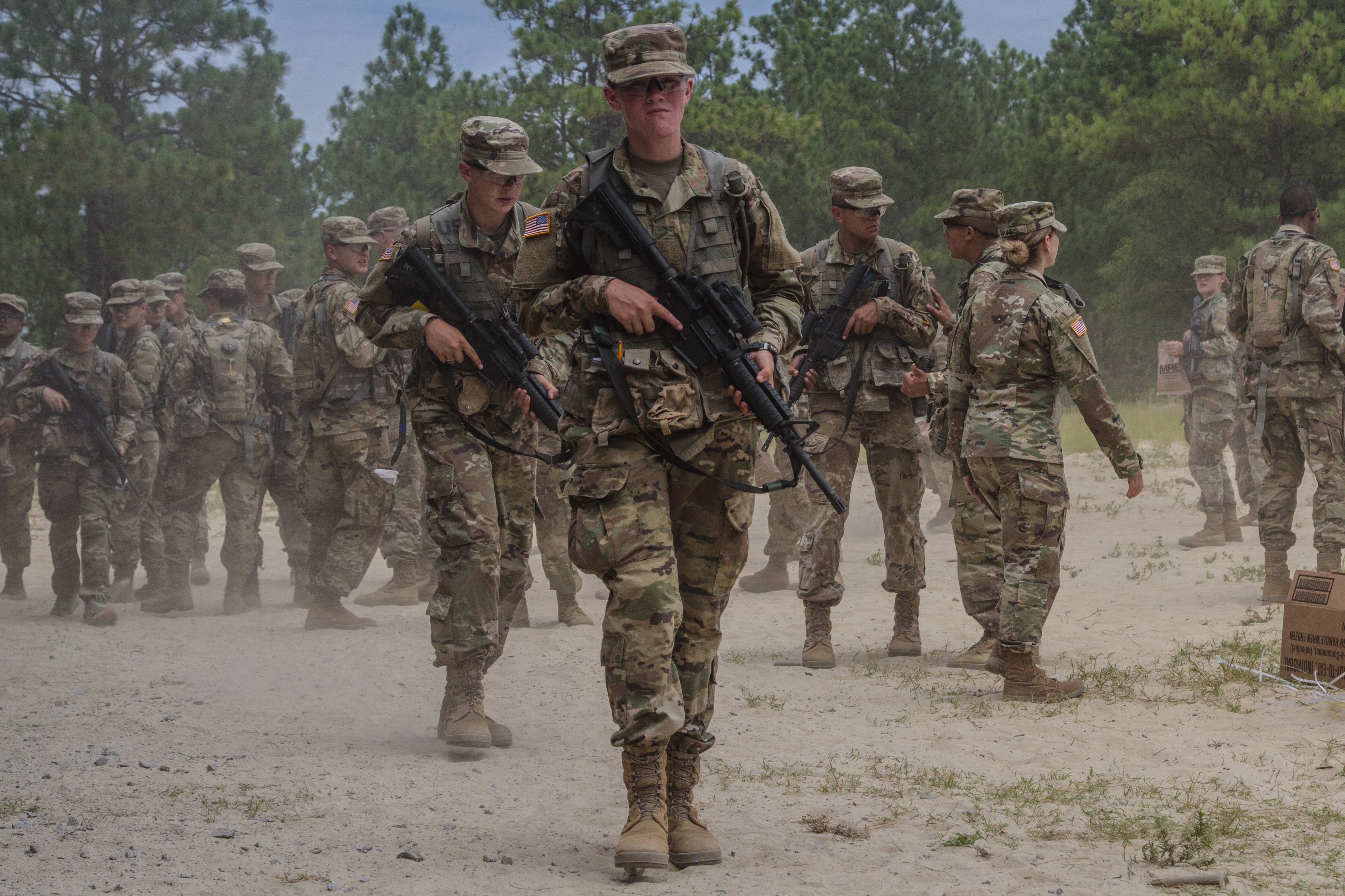All battle assemblies for U.S. Army Reserve units have been suspended indefinitely, Lt. Gen. Charles D. Luckey, Chief of Army Reserve and commanding general of U.S. Army Reserve Command, in a Facebook post.
“Inside the Army Reserve, we are stopping movement, unless it’s for essential purposes," Luckey said in a video. "Battle assemblies across the Army Reserve, the default — that is the standard procedure right now — is no battle assemblies until further notice.”
“There may be certain units that we need to continue to allow to conduct certain activities, and we’ll decide that on a case-by-case basis," Luckey added.
Previously, Army Times reported that active-duty soldiers in some units were to continue drilling while the status of National Guard drill remained up to the state governors.
“The soldiers out in the field conducting collective training is, one, critically important for readiness," said Maj. Gen. Brian Winski, commander of the 101st Airborne Division, during a town hall event at Fort Campbell, Kentucky, Army Times previously reported. “And, two, the way they’re arrayed and dispersed, they’re fundamentally at less risk than soldiers in garrison or who are traveling and in contact with a lot more people.”
“Training requirements are determined between, and conducted at the discretion of, each governor and adjutant general,” bureau spokesman Maj. Rob Perino said in an email to Army Times, referring to recently published comments by the National Guard Bureau chief.
Gen. Joseph Lengyel has been working with leaders from each state, territory and the District of Columbia to deal with Guard issues such as weekend training and duty status requirements, the bureau said in a press release Monday.
In the Facebook video, Luckey addressed concerns over readiness.
“We are not going to erode readiness while we’re doing this, but by the same token, we need to protect this force so we can project readiness into the future," he said.
Luckey also encouraged social distancing, hand washing and limiting meeting sizes and duration.
The battle assembly suspension directive follows new travel restrictions for service members, DoD civilians, and their families assigned to DoD installations, facilities and surrounding areas from Deputy Secretary of Defense David L. Norquist on March 13.
According to the Defense Department, the U.S. Army Reserve is comprised of nearly 200,000 uniformed soldiers and 11,000 civilians across all 50 states and five U.S. territories.
This is a developing story.
Dylan Gresik is a reporting intern for Military Times through Northwestern University's Journalism Residency program.





